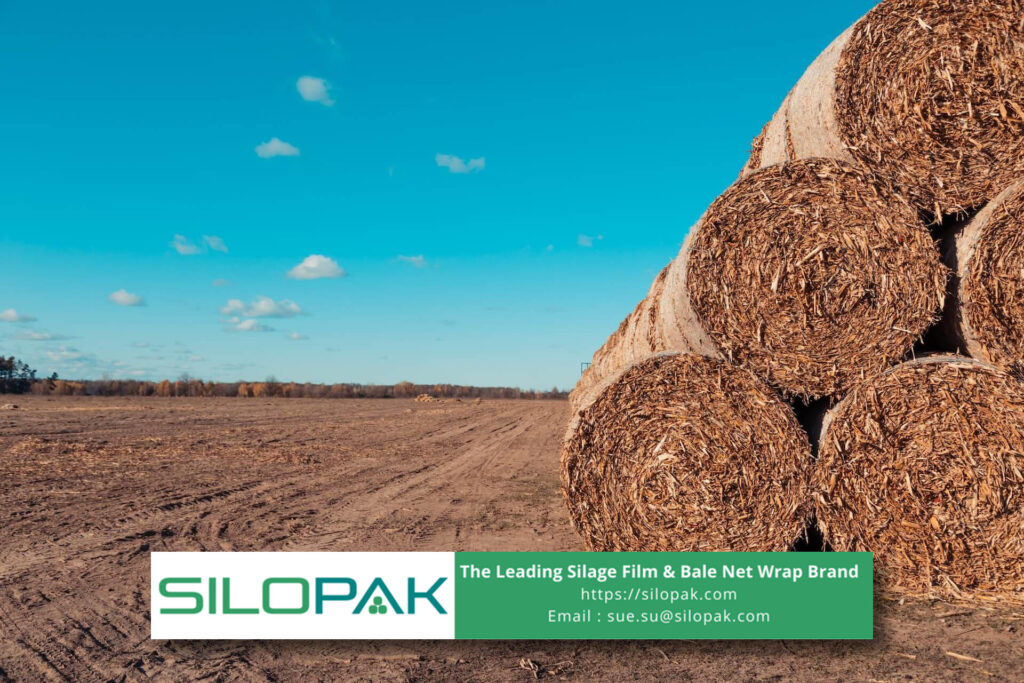
Many types of fodder that we are familiar with in livestock cultivation. Of course, they have different characteristics and different content values. There are even similarities, such as the difference between hay and lucerne. For people who are already concerned with this field, of course, it will be easy to tell the difference, but some of us are still confused. Well, here are more explanations of the differences between the two.
contents
What is Hay in General?
When asked about what type of hay is best for livestock, you will get a lot of different insights and confusion on the difference between hay and lucerne. There are so many types of hay. Generally, hay is a forage crop that is preserved by drying it in the sun and storing it in a dry form with a moisture content of 12% -30%. Another definition of hay is dried forage for animal feed with a moisture content of 20%. Usually, the grass that will be used as hay is cut before the grass has flowered or the grass has dried.
About Hay
Hay is a type of grass that is dried as a source of fiber needed by livestock. In general, the method of processing grass into hay is generally carried out to overcome routine problems faced by small farmers, namely the lack of forage in the field, especially when the dry season arrives.
In the drying steps, producers will reduce the water content to 12% -30%. Then, producers employ the materials to make hay. The feed ingredients commonly used for making grass hay are all kinds of forages preferred by livestock, generally in the form of agricultural waste such as rice straw, corn straw, peanut stems and leaves, soybean stems and leaves, and grass. The purpose is to increase the durability of the forage so that the feed can be stored for a long time and does not rot easily.
Another positive thing is that farmers will have enough food reserves for various seasons when livestock cannot go out to graze. Although many also have abundant food supplies, if the animal feed is not directly used or consumed, the feed must be stored properly. Processing it into hay is one way to keep the material having a high nutritional value.
What are the Characteristics of Good Hay for Livestock Consumption?
Good grass hay contains 80-85% of the nutrients in grass that has been dried, the color remains green, and it is protected from fungus. In terms of composition, good grass hay is hay that still has a few stalks or stems and leaves. Breeders in subtropical countries usually use timothy grass, alfalfa, and oat grass, to make hay.
To make it durable and good for consumption in the long term, hay is stored in a dry place. Hay is bound in medium and varied bundles stacked in sheds or roofed areas. Apart from packing it by pressing, hay grass also needs to be given a preservative. The various preservatives that can be used include Natrium chloride, propionic acid, and liquid ammonia.
What is Lucerne Hay?
Lucerne has a popular name, too, namely alfalfa hay. As the name implies, it is clear that lucerne is part of the hay in general. So, what is the difference between hay and lucerne? Lucerne hay has quite a good reputation and is chosen by more cattle, horses, goats, and other breeders. This type of feed can be given for many types of livestock for specific purposes, for example, for lactating livestock, which is contested, or beef cattle.
In areas with lots of alfalfa, this plant is used as high-yielding animal feed because it contains a fair amount of protein, calcium, and vitamins. Its palatability is quite high, with a taste that is liked by animals, making this plant cooked as an alternative to concentrating mixtures so that the need for livestock concentrates can be reduced and feed costs can be reduced.

The Conclusion
Straw given to livestock can be grouped into two, legumes and grass. Alfalfa hay or lucerne hay is a type of straw that is widely fed to horses or cows, and other farm animals. While the popular types of hay from grasses come from timothy grass and orchard. So, there is no need to get confused about the difference between hay and lucerne. Simply, lucerne is part of hay. Hay has many types and some even come from grains such as oats.
Breeders need to pay attention to the needs of their livestock and what type of hay should be given. Even though it depends on the geographical conditions around the farm, now it’s not difficult to buy it from other areas. The content of different types of hay is different. Breeders can compare them based on the main types of content, such as fiber, protein, minerals, and energy. It is also better to know how easy the process of digestion is. That is about the difference between hay and lucerne.
